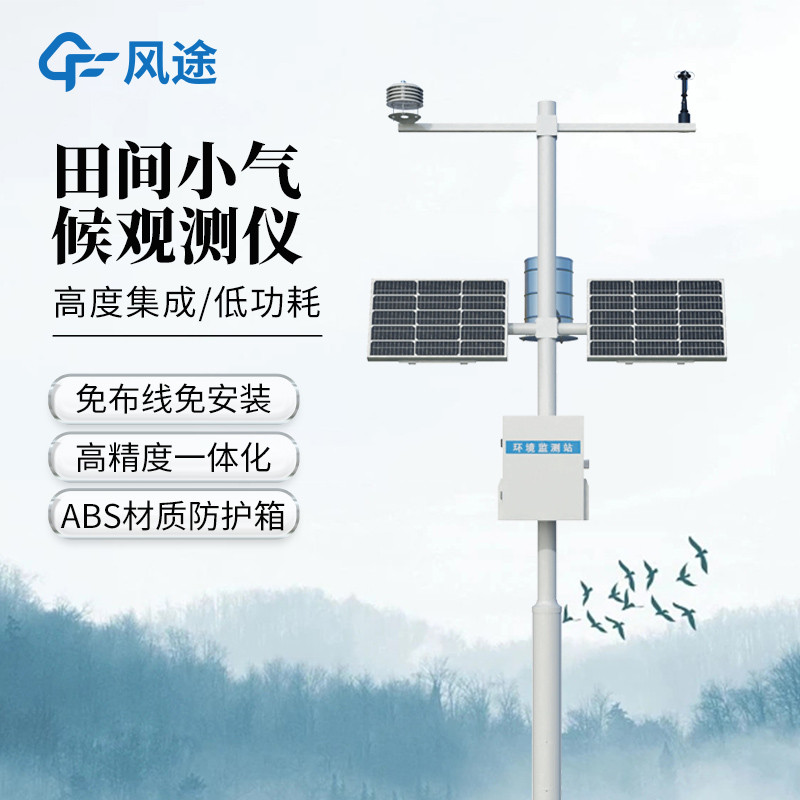Agriculture has always been dependent on the natural environment. The combination of natural conditions such as light, heat, water, and air can not only serve as precious resources to promote agricultural production but also, due to unfavorable combinations, evolve into natural disasters. Therefore, there is a saying in agriculture that it "relies on the weather for a good harvest." With the development of science and technology, people have realized that by accurately monitoring meteorological elements, they can better guide agricultural production, reduce losses caused by meteorological disasters, and improve the yield and quality of crops. As a result, Agrometeorological stations have emerged.
Agrometeorological stations consist of various sensors that can measure parameters such as air temperature and humidity, soil temperature and humidity, light intensity, wind speed and direction, and rainfall. They are also equipped with data collectors, transmission modules, and cloud platforms to achieve the automatic collection, transmission, storage, and analysis of data.
Compared with ordinary meteorological observation instruments, the monitoring elements of Agrometeorological stations focus more on accurately monitoring the elements directly related to the growth of crops. For example, there is an extremely high requirement for the monitoring accuracy of soil temperature and humidity because this directly affects the growth of crop roots and the absorption of water and nutrients. In other fields, such as industrial meteorological monitoring, there may be more attention paid to the impact of wind speed and direction on the diffusion of pollutants, with less attention given to soil-related elements.
The data collected by Agrometeorological stations is mainly used to guide agricultural activities, such as sowing, irrigation, fertilization, and the prevention and control of diseases and pests. The analysis results of the data need to be transformed into intuitive and easily understandable agricultural suggestions for farmers.
In conclusion, the Agrometeorological station is an important tool in modern agricultural production. With scientific configuration, it can provide strong support for agricultural production and help increase agricultural production and efficiency.

Article address:https://www.sqqx.net/en/news/619.html

 +86 15898932201
+86 15898932201



